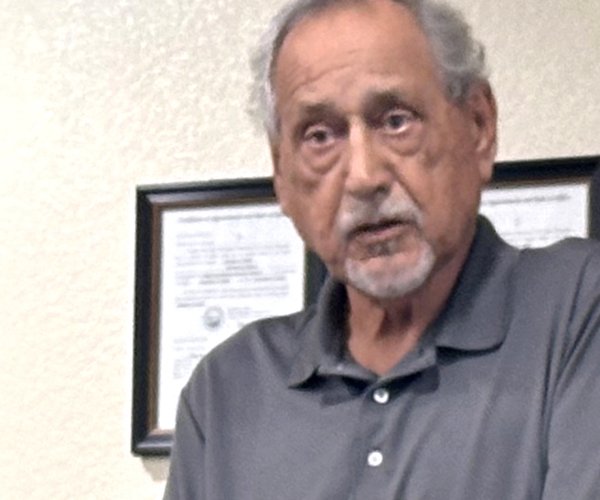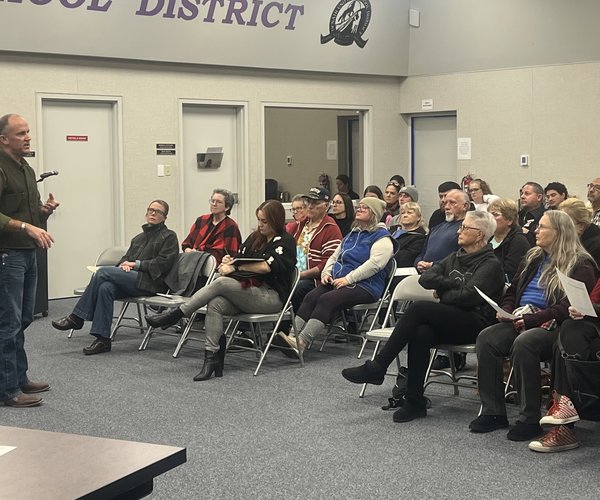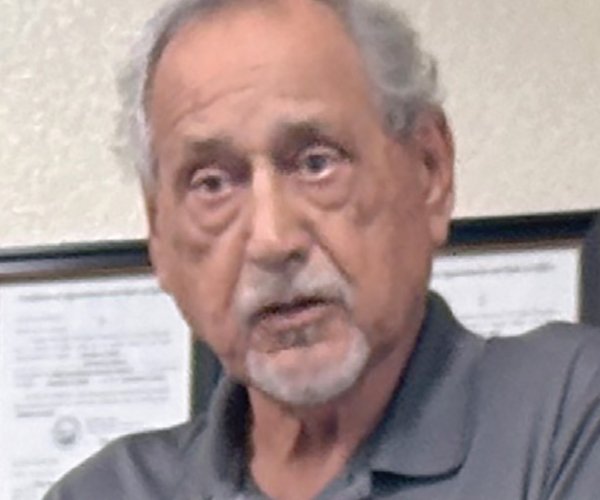Recent changes made to the formula of the county’s master property tax sharing agreement could result in an additional $533,797 per year for the City of Turlock.
City of Turlock may gain $500k annually under county’s new property tax sharing agreement





